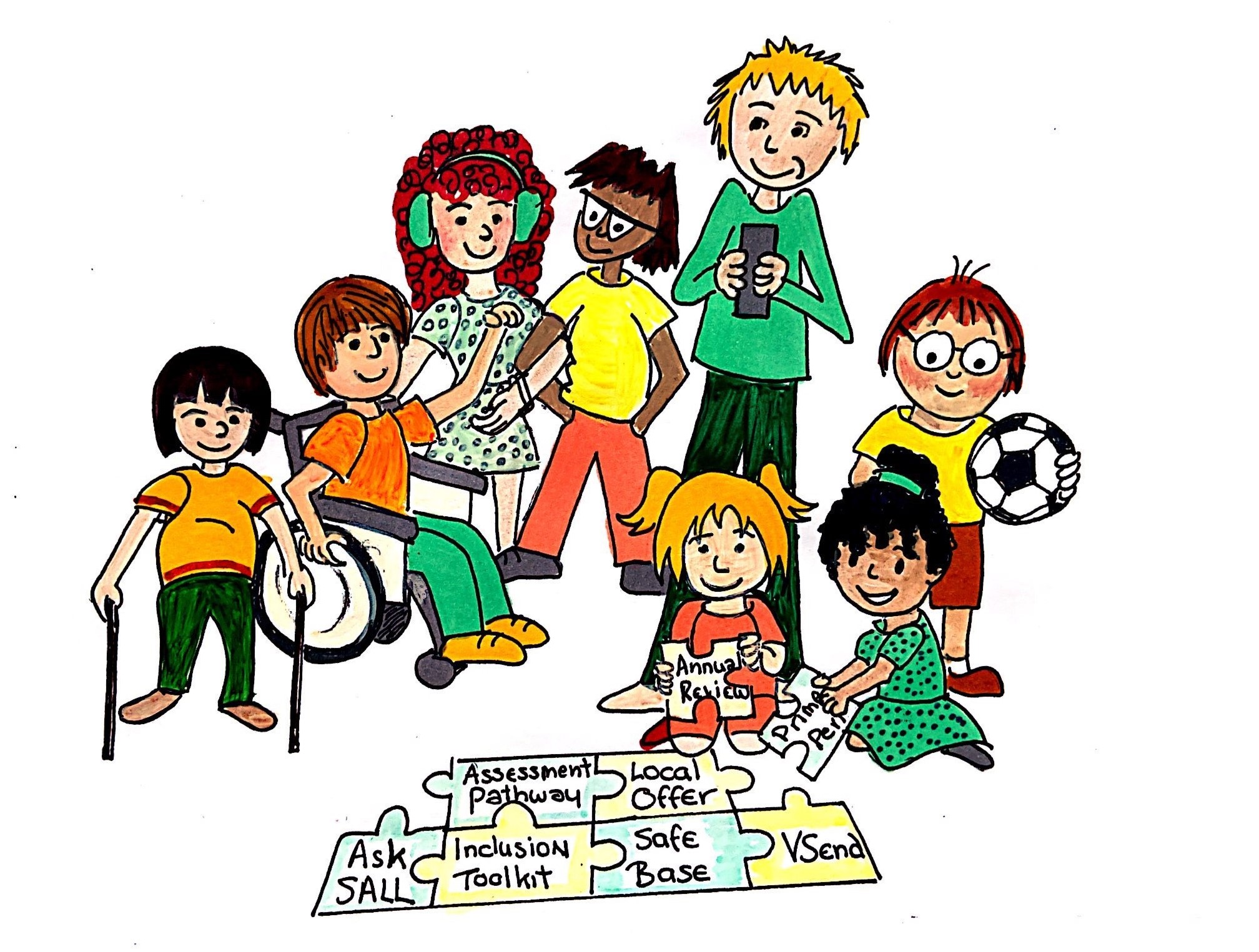Level 1-2 what you may notice
0-5
The child has a mild difficulty with social communication and getting along with people or some rigidity of thoughts which affects learning and may affect being a member of a group in some contexts.
- this child will have difficulties with social interaction and demonstrate limited understanding of nonverbal cues.
- they will have immature social skills, struggle to express their feelings and needs and look towards adults rather than peers.
- they may have some difficulties following social norms like turn taking and making eye contact.
- their level of communication skills may limit their ability to participate in activities, social communication and interaction with their peers, leading to frustration or emotional and behavioural difficulties
5-16
The pupil shows low level frequency social and communication interaction difficulties which interrupts learning in some situations. The pupil’s needs are met within their mainstream class through high quality teaching.
- the pupil finds social situations confusing or upsetting
- they are unclear about appropriate responses and how to form relationships, with limited development of conversational skills
- the pupil has a number of specific interests which can at times impact on engagement in learning activity, as they prefer to follow their own plans
- the pupil is reluctant to take turns and is unsettled by changes to routine
- difficulty making and keeping friends, loner, or has ‘key’ friends
- copes better with adults
- possible low-level behaviours
- “Quirky”
- conforming, but reported to be unhappy after school
- quiet or passive in nature, withdrawn
- some identifiable sensory needs
- signs of anxiety or ‘meltdowns’
- frequent sickness, may be related to anxiety rather than poor health


